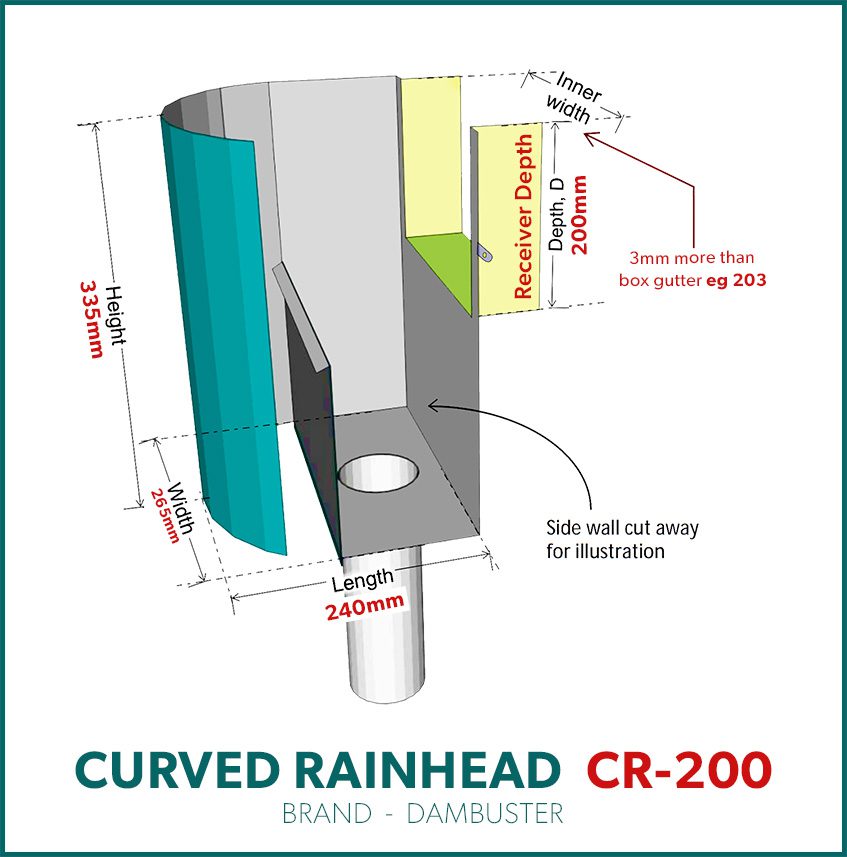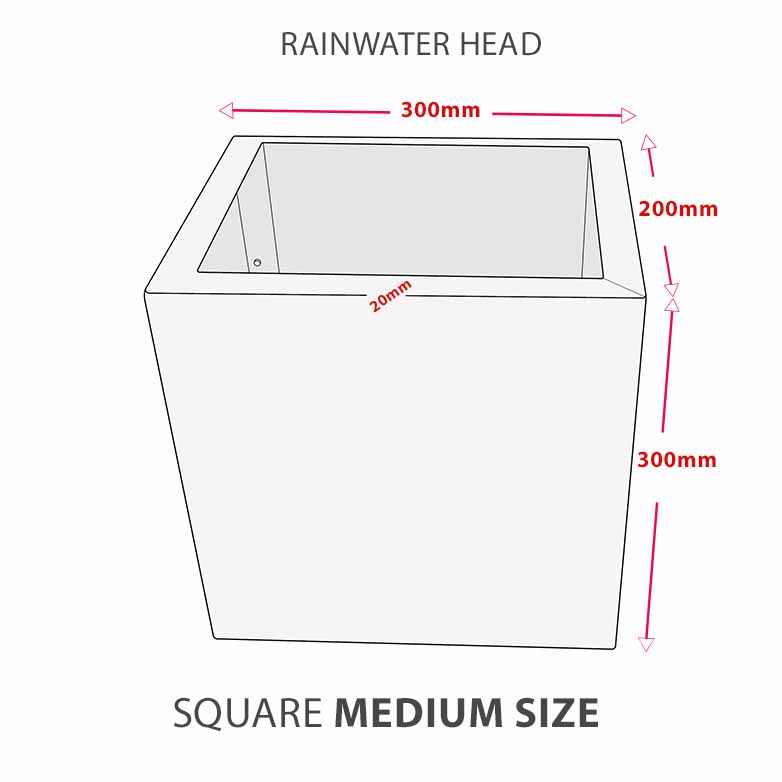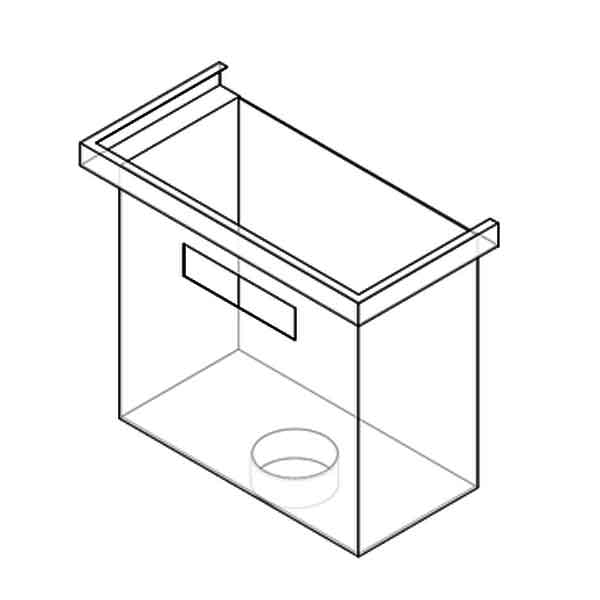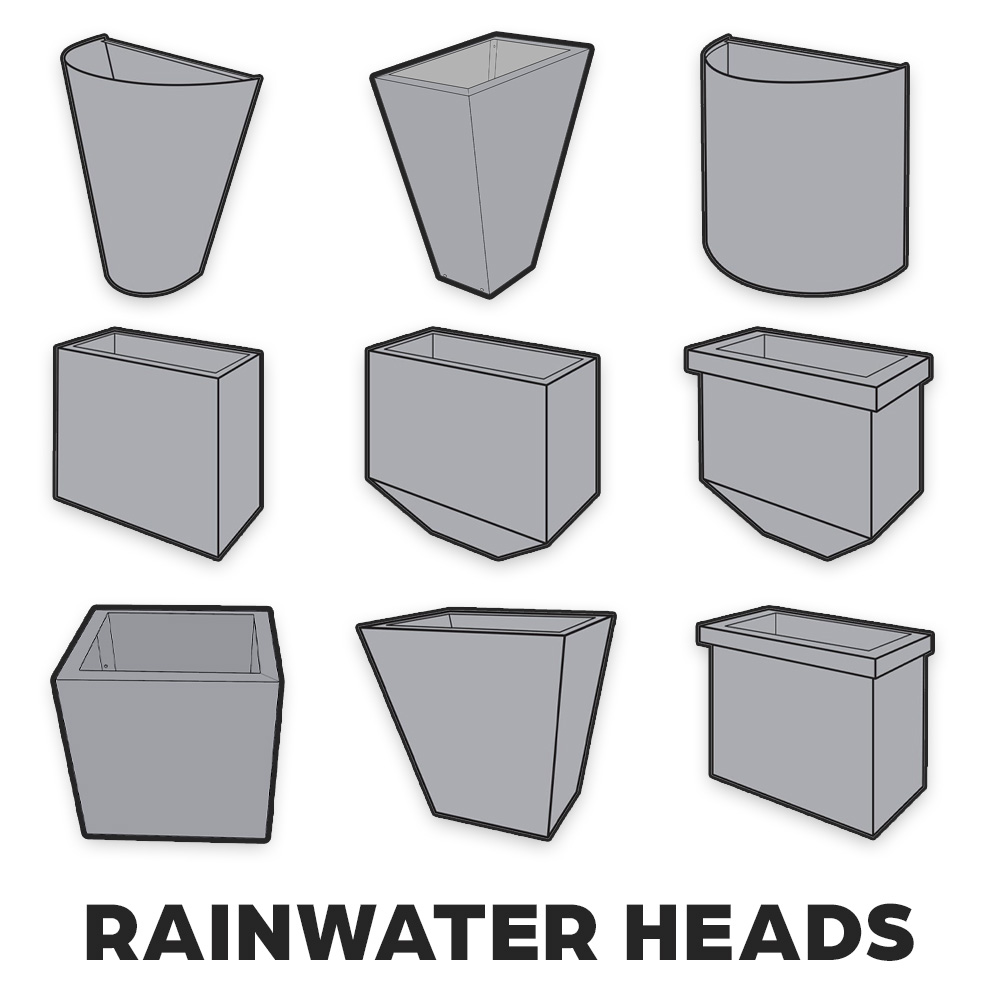The Importance of Gutter Cleaning and Rainwater Conservation
Rain Heads to the Trade Shipped Free Australia-Wide – Click Here >
Dambuster Rain Heads Shipped Free Australia-Wide – Click Here >
Gutter Sumps to the Trade Shipped Free Australia-Wide – Click Here >
Eco-Friendly Roofing Insulation Shipped Free – Click Here >
Gutters play a crucial role in protecting our homes from water damage. They collect rainwater and direct it away from the foundation, preventing issues such as flooding, erosion, and structural damage. However, for gutters to function effectively, they require regular maintenance and cleaning.
In this article, we will explore the significance of gutter cleaning, along with other related topics such as rainwater quality, box gutter replacement, rain head maintenance, gutter installation, rainwater reuse, box gutter construction, rain head design, gutter protection, rainwater system maintenance, box gutter maintenance, and rainwater conservation.
Gutter Cleaning: The first and foremost aspect of maintaining a functional gutter system is regular cleaning. Over time, gutters can become clogged with leaves, twigs, dirt, and other debris. This blockage can prevent the proper flow of rainwater, leading to overflow and potential damage to your home. Therefore, it is essential to schedule routine gutter cleaning to keep them clear and ensure optimal performance.
Rainwater Quality: The quality of rainwater collected in your gutters is directly influenced by the cleanliness of the gutter system. If the gutters are clogged or dirty, the rainwater may become contaminated with debris, bird droppings, and other pollutants. This can compromise the quality of the water, making it unsuitable for various uses such as gardening or rainwater harvesting. By maintaining clean gutters, you can help preserve the quality of rainwater.
Box Gutter Replacement: Box gutters, also known as concealed gutters, are commonly used in commercial and older residential buildings. These gutters are built into the roof structure and are usually concealed behind parapet walls or facades. Over time, box gutters can deteriorate and develop leaks or structural issues. When this happens, it becomes necessary to replace them to prevent water damage to the building.
Rain Head Maintenance: A rain head is an important component of a gutter system, designed to capture and divert water from the downspout. It helps prevent debris from entering the down-pipe and blocking the flow of water. Regular maintenance of rain heads is crucial to ensure their proper functioning. Cleaning them periodically and checking for any signs of damage will help maintain an efficient rainwater drainage system.

Gutter Installation: Proper installation of gutters is vital to ensure their effectiveness. Gutter installation should be done by professionals who have the expertise and knowledge to place them at the correct angle and securely attach them to the roofline. Improperly installed gutters can lead to water overflow, leaks, and damage to the building’s structure.
Rainwater Reuse: Rainwater is a valuable resource that can be reused for various purposes, such as watering plants, washing cars, or flushing toilets. Implementing a rainwater harvesting system allows you to collect and store rainwater for later use. Clean gutters and a well-maintained gutter system contribute to the quality of harvested rainwater, making it more suitable for reuse.
Box Gutter Construction: When constructing or renovating a building, careful attention should be given to box gutter construction. Proper design and installation of box gutters ensure effective water flow and prevent leaks or structural issues. Engaging experienced professionals in the construction process will help create a robust and reliable box gutter system.
Rain Head Design: The design of rain heads should be considered during the planning phase of a gutter system. The size and shape of rain heads impact their functionality and efficiency. It is essential to choose rain heads that are compatible with the anticipated rainfall intensity and the overall design of the gutter system.
Gutter Protection: Gutter protection systems, such as gutter guards or leaf screens, can be installed to minimise the accumulation of debris in the gutters. These systems act as a barrier, allowing water to flow while preventing leaves, twigs, and other debris from entering the gutter system. Gutter protection reduces the frequency of gutter cleaning and helps maintain proper water flow.
Rainwater System Maintenance: Regular maintenance of the entire rainwater system is essential to ensure its long-term functionality. This includes cleaning the gutters, inspecting and repairing any damage or leaks, checking the downspouts for blockages, and maintaining the rainwater harvesting or reuse system. By implementing a maintenance routine, you can prevent costly repairs and extend the lifespan of your rainwater system.
Box Gutter Maintenance: Box gutters, like any other gutter system, require periodic maintenance. Cleaning them and inspecting for leaks, rust, or other damage is crucial. Regular maintenance ensures that box gutters continue to function properly and protect the building from water damage.
Rainwater Conservation: As the world faces increasing water scarcity, rainwater conservation is becoming more important than ever. By capturing and reusing rainwater, we can reduce our dependence on traditional water sources. Implementing rainwater harvesting systems, maintaining clean gutters, and preserving the quality of rainwater are all part of the broader effort to conserve water and promote sustainability.

In conclusion, gutter cleaning, rainwater quality, box gutter replacement, rain head maintenance, gutter installation, rainwater reuse, box gutter construction, rain head design, gutter protection, rainwater system maintenance, box gutter maintenance, and rainwater conservation are all interconnected aspects of maintaining an efficient and sustainable gutter system. By understanding their significance and implementing the necessary measures, we can protect our homes, conserve water, and contribute to a greener future.


